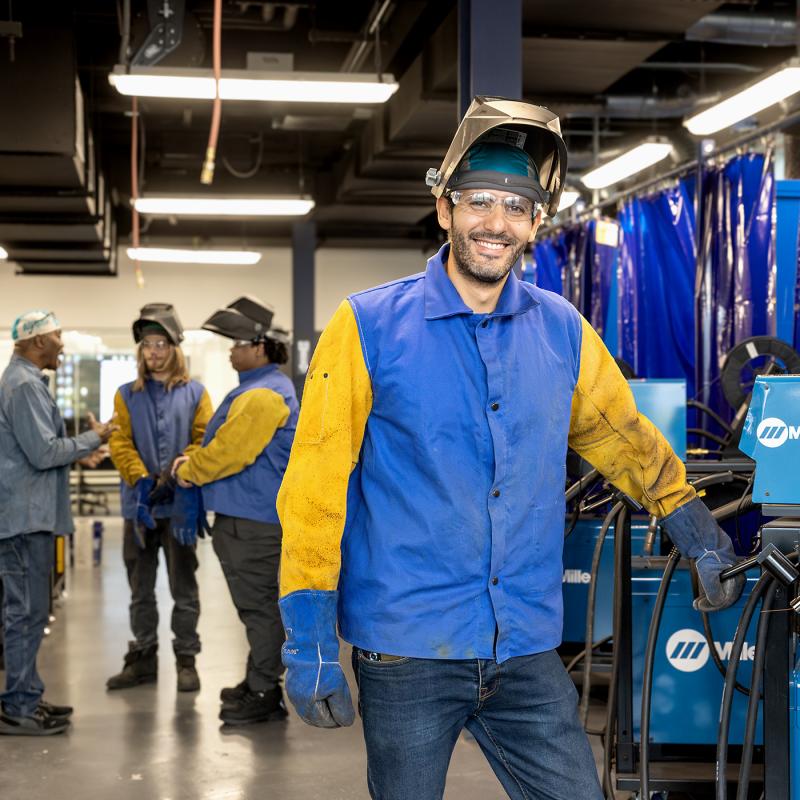Navy Funded Partnership Programs


Join Us for an Information Session
You can enroll in these career programs at no cost. Join us for an online information session to learn how you can take advantage of this opportunity. Choose the date and time that works best for you:
- January 12 | RSVP for 11 a.m. or RSVP for 3 p.m.
- January 26 | RSVP for 11 a.m. or RSVP for 3 p.m.

Career Outlook
Average income for Naval Welders in Philadelphia-Camden-Wilmington
Median pay for Nondestructive Testing Specialists

Naval Welding
Program duration: 450 hours (Full Time, 4.5 months)

Nondestructive Testing
Nondestructive testing technicians are an essential part of construction and manufacturing, both in the Navy and in the private sector. Using techniques like magnetic particle inspection, nondestructive technicians inspect the quality of welds and materials used in maritime construction and transportation. This means testing and assuring the quality of welds for ship and submarine parts, testing pipelines that carry hazardous materials like oil and nuclear elements, testing for small defects in parts, evaluating the condition and lifespan of equipment used in manufacturing, and more. Outside the Navy, this skillset can be applied to the construction of large buildings, machinery, and more.
Program Duration: 600 hours (Full-time, 6 months)